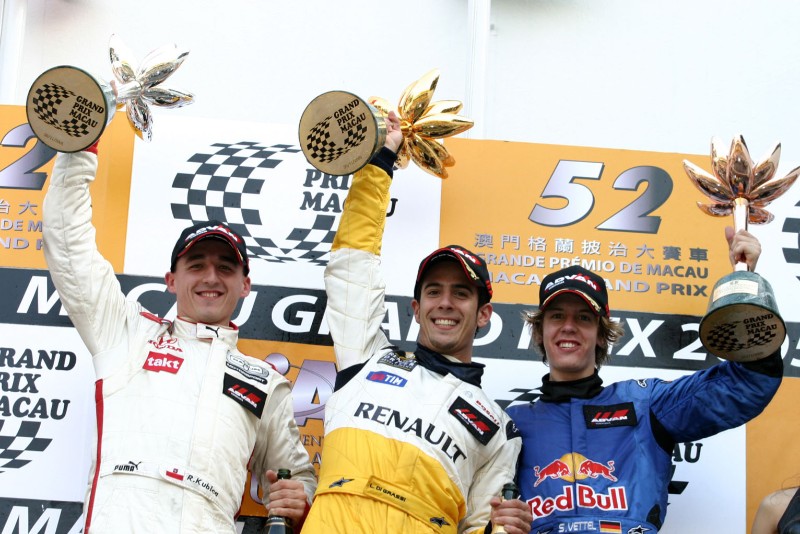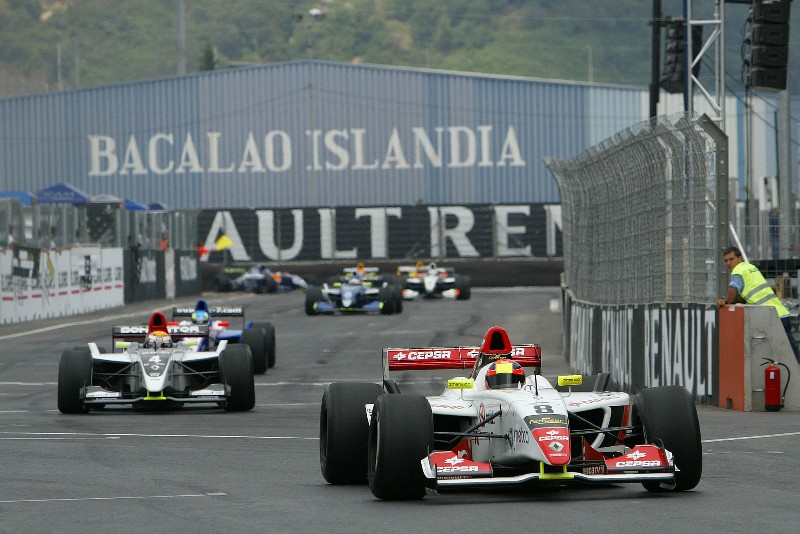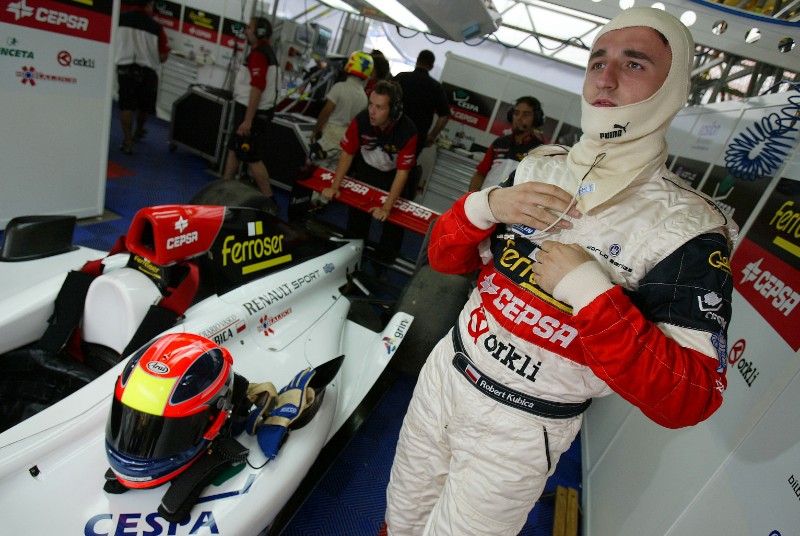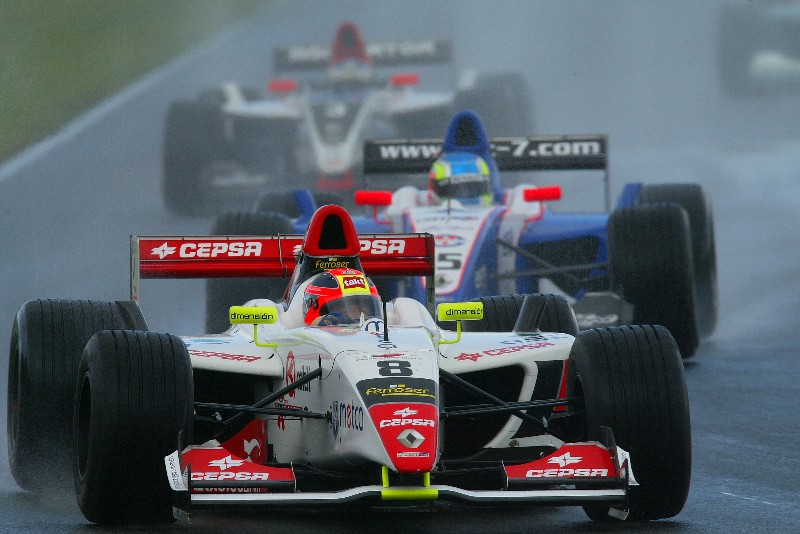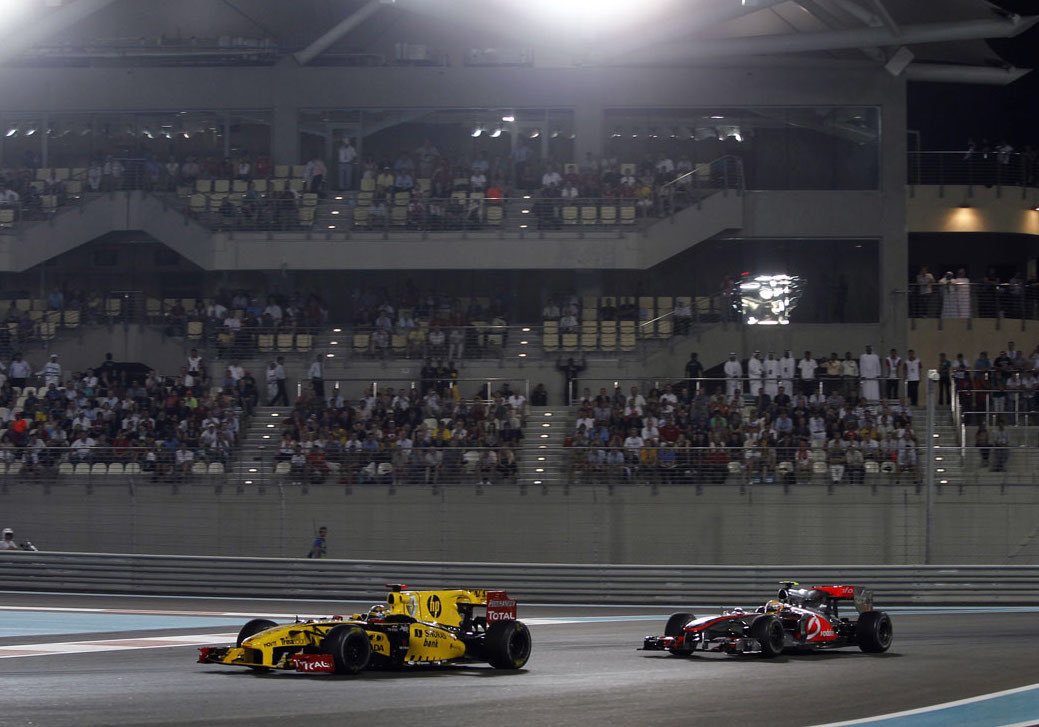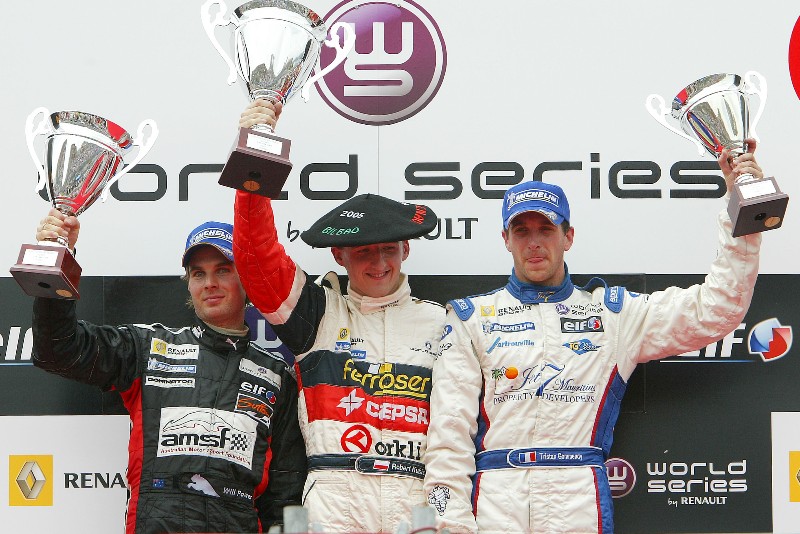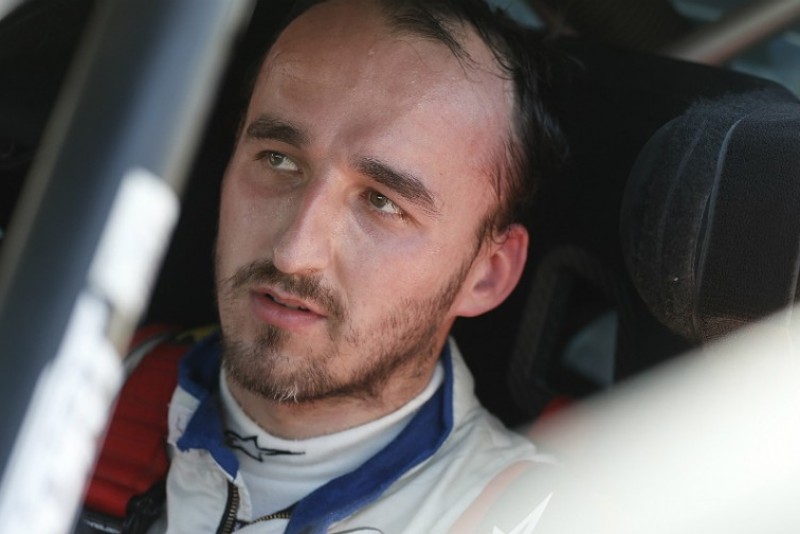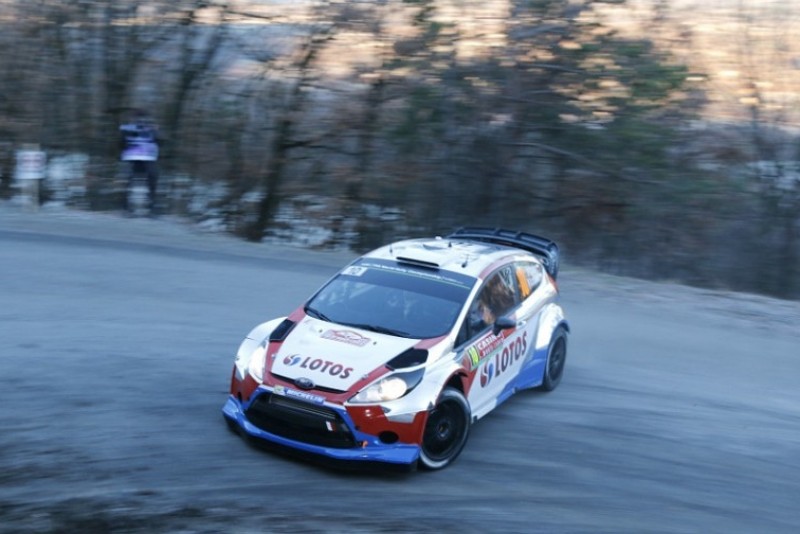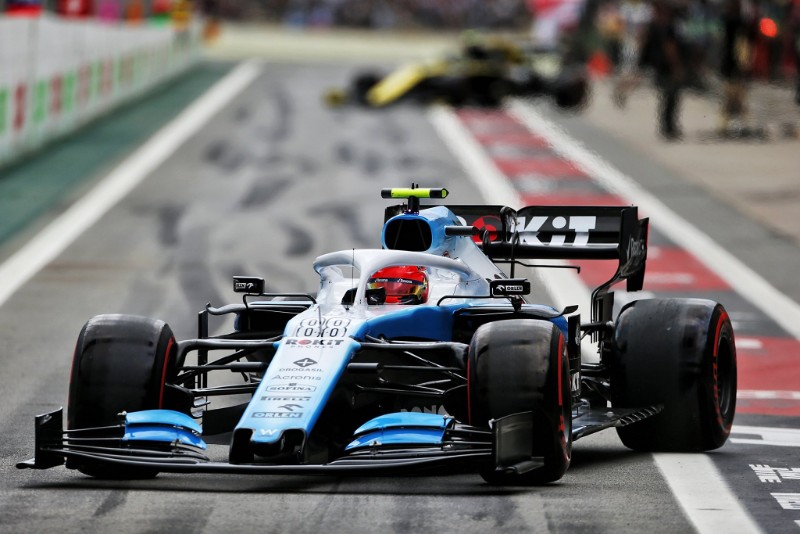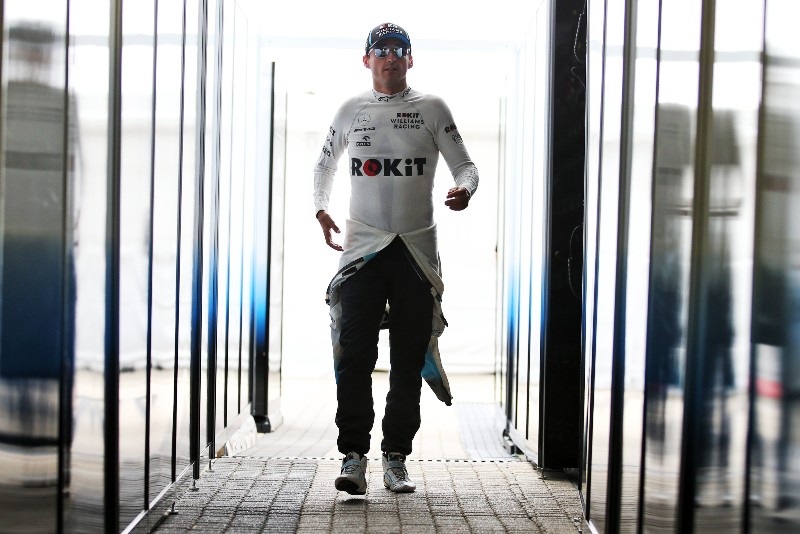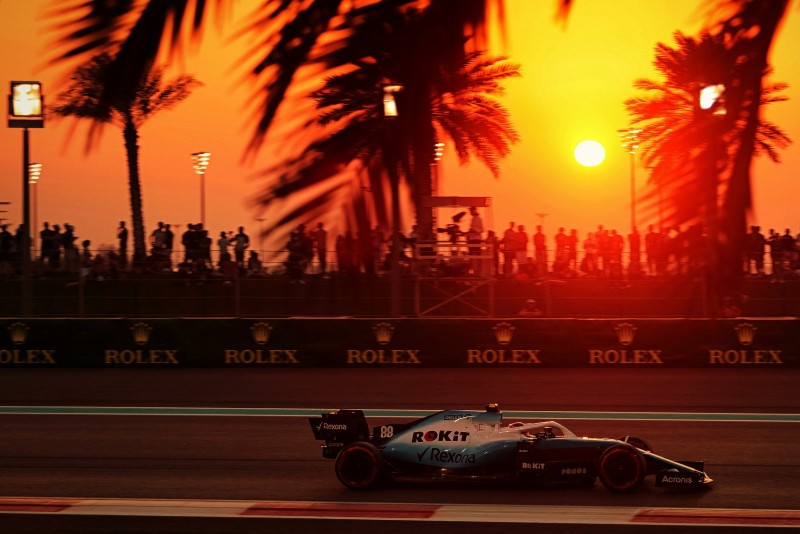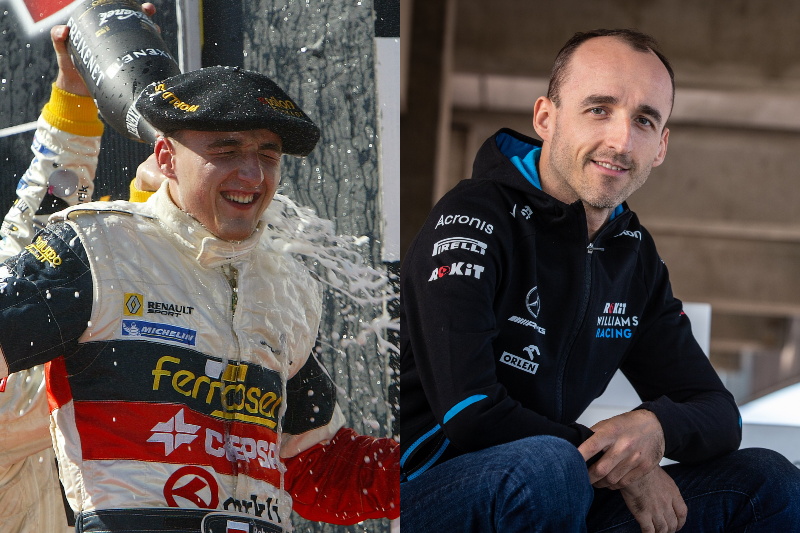
Robert Kubica was a source for inspiration long before the life-changing 2011 rally crash which split his Formula 1 career. With a year off the grid again for 2020, now is time to reflect on the example he has set
Hailing from a country without a motorsport pedigree, and a family that had to borrow money to fund his teenaged years in karting, was the smallest of hurdles in Robert Kubica’s career. The Pole, who turns 35 today, knows better than most in motorsport that the hardest career step is the last one, not the first.
From the very start, the Kubica attitude to motorsport was “do it properly, or don’t do it”, and was evident in his Formula 1 return with Williams this year. Alongside any budgetary shortfalls, it’s ultimately why he won’t be on the grid in 2020.
Through much of Kubica’s karting career, he raced using a plain helmet, overalls and kart, with the money saved on decoration being spent on tyres or other necessities. He lived cheap by sleeping in team tents or factories as well.
What really set Kubica apart from most of his peers though was his ambitions. At no point did he ever aspire to be a F1 driver, or a professional in any other discipline, only to be the best driver he could. Instilled in him by his father, and taken full-heartedly by the teenager, was the idea that above anything else he was racing against himself.
It’s a mentality that is hard to instil in young drivers who care almost solely about winning and F1, and even experienced single-seater aces like Dan Ticktum have admitted that when their self-focus has strayed it’s hurt their performances.
So disciplined was Kubica, he was able to harness his talent to the maximum and became one of the best in junior karting.
He was a three-time champion in Germany and Italy, which was the hub of the karting world, and beat future F1 world champions Lewis Hamilton and Nico Rosberg to become the first foreigner to win an Italian title. Bettering good friend Hamilton required some serious personal ingenuity, and showed Kubica was already an attentive student of motorsport.
Early into his first Italian campaign in 1998, Kubica was signed by kart manufacturer CRG in a role that allowed him to race for free. He also gained free mileage by bedding in engines for CRG teams, one of which included Rosberg. The technical requirement of that role meant he was driving at a strictly set pace for hours, and having that discipline from a young age has undoubtedly been of use in an era of F1 where driving under the limit for sustained periods of time has been of importance.
By focusing on his own performances, it made Kubica even more dedicated to what would later be his craft, although he was hesitant to start racing single-seaters after his one full year in senior karts proved to be a personal disappointment.
The thirst for proving to himself, and his father, that he could always do better is what later led Kubica to rallying.
Kubica stepped up to cars with RC Motorsport in both the Formula Renault Eurocup and Italian championship in 2001. He finished 14th in the Eurocup standings with one pole and a podium, and improved to seventh in 2002 in his one year as a Renault F1 junior. In Italy he was a title contender on his second attempt, and won at four circuits known for testing driver skill; Vallelunga, Pergusa, Spa and Imola.
His 2003 graduation to the F3 Euro Series with Prema started badly, as a scary road accident resulting in a heavily broken right arm that required intrusive surgery, titanium weights and debuting in the season’s fourth round at the Norisring street circuit. This didn’t dent Kubica’s aspirations, rather change them to performing as best he could around such a limitation.
Despite wearing a brace and being at a competitive disadvantage given he had less mileage than his rivals and the cars then still had gear sticks, Kubica qualified third on his debut and took a sizeable 4.155 second win, followed by second place in race two.
He didn’t see the overall podium again in-season, but did win the Sardinian F3 Masters. The results of his second season, with the Mercedes-Benz-supported Mucke Motorsport team, didn’t improve greatly but Kubica’s personal stock was still rising.
He demonstrated how much he’d improved when he joined Hamilton at Manor Motorsport for the Macau Grand Prix. After an interrupted first qualifying session where he only recorded a few laps, Kubica beat Hamilton to pole in Q2.
Kubica was passed on the run to Lisboa before a safety car period that occupied the first half of the race, and he then lost two more places. He struck back in the main race to finish runner-up.
As many drivers do now, Kubica returned to Macau after departing F3. This wasn’t because he wanted to go one better and win the event, as much as that was an attraction, rather he knew the challenge would likely improve his driving.
In 2005 his main focus was FR3.5 with Epsilon Euskadi. Once again, his talent was best displayed on street circuits, winning around Bilbao in addition to successes at Zolder and Oschersleben. He would have won at Valencia too were it not for a penultimate lap electrical failure, and an anti-roll bar washer that was 0.2mm too thin led to a charge from the back of the grid to sixth at Donington Park. The title was won with three races to spare, and he was promptly signed as Minardi F1 reserve.
He joined Carlin for his third Macau attempt, combated a loose seat to top Q1 and was runner-up for a second time.
Despite winning a major international title, reaching F1 was still not the measure of success that Kubica was giving himself, but he was targeting a move to GP2 for 2006. The result of his prize run in Fernando Alonso’s title-winning Renault F1 car at Barcelona in December changed that attitude somewhat.
Kubica arrived a few days early to the test to embed himself into the team; far larger than any he’d been in before. Despite his committed preparations, his “do it properly, or don’t do it” approach almost came to bite him as self doubt – amplified by trackside observation of seasoned F1 racers driving to the limit – led to Kubica questioning whether he could do a ‘proper’ job.
Every young driver has moments where they lose confidence, and Kubica’s occurred at what proved to be a critical point in his career. Once the helmet was on, that self doubt had to be left behind.
Kubica ran with the car restricted to eight of its 10 cylinders to mimic 2006 rule changes, and was satisfied by the progression from when he first sat in the car to when he left it a few hours later. BMW Sauber watched on and signed him to be its free practice driver; his lack of insistence on a future race seat being why IndyCar champion Dan Wheldon didn’t get the role.
In what was a radically different car, Kubica adapted quickly and was tasked with lots of development work – a role similar to that he performed for CRG in karting, but now with 1997 F1 world champion Jacques Villeneuve being the beneficiary.
The season started in Bahrain with Kubica on top of the timesheet and a recommendation from Michelin, the former in part down to a rule for teams running third cars for free practice. The Pole’s consistently noteworthy performances thereon happened because he was always learning and focusing on his job rather than advertising his suitability for a race seat.
After four FP1 appearances, BMW was saying he would be race-ready before the end of the season, and he had become a Red Bull target. Kubica kept his head down, knowing that his work was influencing BMW’s race strategies, and therefore its results.
“I went there in 1997,” Kubica said before the Hungarian Grand Prix. “It was the only race I visited as a spectator. I said: I don’t like to watch and will never go to another unless I’m driving. I was 12, Jacques won, and now we’re working together.”
Shortly after, Kubica was called to replace Villeneuve, who was recuperating from a crash. He outqualified team-mate Nick Heidfeld to start ninth on a circuit he’d last seen in 2002, and raced to an unhappy seventh. He was then disqualified for being underweight, but the performance was enough for BMW to decide that Kubica would remain in the seat thereon.
Kubica made the podium in the Italian GP, his third race, and remained with BMW for three more years. Self-improvement was always the main goal, especially after his first win at the 2008 Canadian GP prompted BMW to switch focus to its 2009 car. While Kubica says he is “lucky” to be mostly unemotional, he describes Montreal as the “best and worst racing day of my life”.
Switching to Renault in 2010, with a car as competitive as the BMW of 2006, showed the scale of Kubica’s improvements. Several times he put himself in victory contention, most famously at Monaco, and he considers it his most complete season.
Behind the scenes, he had been supplementing his time in F1 by buying his own rally car and testing it during his free time. His relentless inward search for success, and the marginal gains of professional sport, drew him to the conclusion that he would find or improve skills away from F1 that would not only make him a better F1 driver, but that his rivals wouldn’t have.
By mid-2010 there was talk of a World Rally Championship appearance, but that was not really the appeal for Kubica. Rallying was fun and helpful, especially so in competition, but escaping the circus of professional sport was also “vital for his sanity”. His hobbies of bowling, poker and snooker carried the same appeal, and of course carried their own marginal gains.
Kubica believes rallying had a measurable positive effect on his 2010 points tally, especially from races in changing weather conditions, but he “paid the price” for his pursuit of improvement in his infamous Ronde di Andora crash in February 2011.
It almost ended his life, indefinitely ended his career, and made F1 teams vow to not let their drivers take the same risks. Ferrari had signed Kubica for 2012 and put a rally ban in his contract, but F1 seems to have relaxed as Valtteri Bottas goes rallying. More telling of Kubica’s influence, young drivers like Lukas Dunner are now taking to the stages to find an advantage.
The recovery from the multiple fractures to his right arm, leg and hand – which were also victims of his 2003 crash and fortunately were not torn apart entirely so muscle mass and nerves could grow back – initially required Kubica to be put in an induced coma after surgery took place, but once again it wasn’t the first step that was the hardest.
“I want to get back on the track stronger than ever, because after these accidents you aren’t what you were before, you improve,” Kubica said in one of his first post-crash interviews with Gazzetta dello Sport.
After a week, sensation returned to his hand and gave it limited functionality, fuelling expectation that rehabilitation would begin and he would return to F1 before the end of the year. Being an elite athlete was speeding up Kubica’s progress, but he ended up in hospital for three months and having more surgery before rehab, yet even in July was targeting a 2012 return.
Not all surgeries resulted in improvements in his condition, and the physical and mental toll of repeating the “fighting” of his recovery dominated him for the first year-and-a-half. Kubica kept at it though, and his determination to be fit enough to sit in a racing car once again has certainly been an inspiration for young drivers like Billy Monger and Juan Manuel Correa,
Adapting to his physical limitation wasn’t just a racing-centred problem, as it required swapping all activities he’d usually do with his right hand over to his left, as well as tackling situations requiring the use of both. This was painful for more than just the heavy exercising of muscles, and his manager Daniel Morelli described him in late 2011 as being “nervous”.
A return to rallying, despite the risks, was the most successful part of Kubica’s rehab. His career-long inward search for improvement was now a crucial asset in his physical and mental recovery as well as for honing his racing ability around his new limitations, and he ended up winning a WRC2 title, a European Rally Championship round and finishing 12th in the 2015 WRC standings as a privateer in addition to being a far healthier and happier person.
One key skill he honed there was patience. Rallying is a discipline built on experience, requiring patience to be the best. Having to accept that fact helped Kubica’s patience in recovery, and is a manageable skill any young driver would benefit by.
In 2017 he finally tested an F1 car, fuelling a motivation to prove himself again in a world where there were people being bigger critics than he was to himself. Once again, and this an important note in any recovery process, by reaching this new milestone it had reminded him how much he’d lost. But the F1 bug was now there, and little was going to stop him.
He became Williams’ reserve driver for 2018, then was promoted to a race seat this year, putting him firmly under the spotlight. Critics pointing to being outpaced by rookie team-mate George Russell or any error as proof his injuries and lengthy F1 absence have made him a worse driver miss the point according to Kubica. He’s hidden how much his physical limitation really holds him back, and brought his performance up to a whole new level to compensate for that.
With every test he had before 2019, in cars barely recognisable to those he previously raced in, he became more comfortable. The higher stakes of having his end goal of a race return in sight bred more self doubt though, and with the final hurdle being the toughest it’s important to remember how far one has come to reach that point.
Kubica’s personal target is still to improve, and only he will know whether his one season back in F1 – the highlight of which was a points finish at the German GP – was a failure. For 2020 he may race in the DTM, but the F1 paddock is still hungry for Kubica’s mentality and what it can bring to a team, especially so in a managerial role.
Prior to his race return, Kubica brushed off the managerial interest on F1’s podcast, citing he was “very demanding on myself” and would only be happy “when I’m really on the high level”. That’s exactly what any team would look for.
If Kubica can pull off a third F1 comeback in his late-30s, either in or out of the car, then it will only happen if he believes he can do it properly. And if he doesn’t appear on the grid again, then there is a huge number of drivers who can credit the Pole in their journey to the top; whether it be driving Kubica karts, learning from and being inspired by his recovery, or even forming an interest in racing from watching him drive.
World Series photos courtesy of Renault Sport / DPPI

